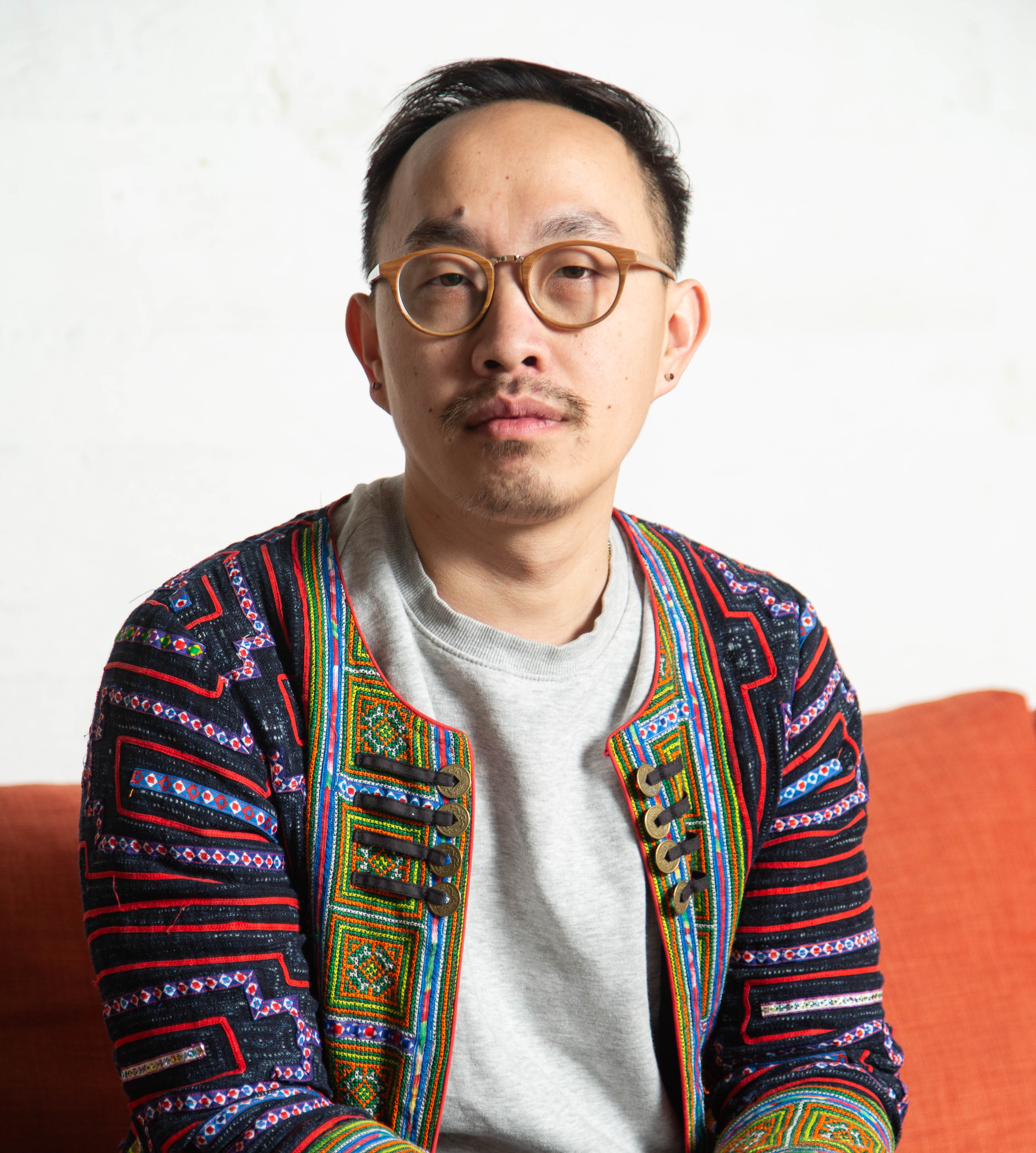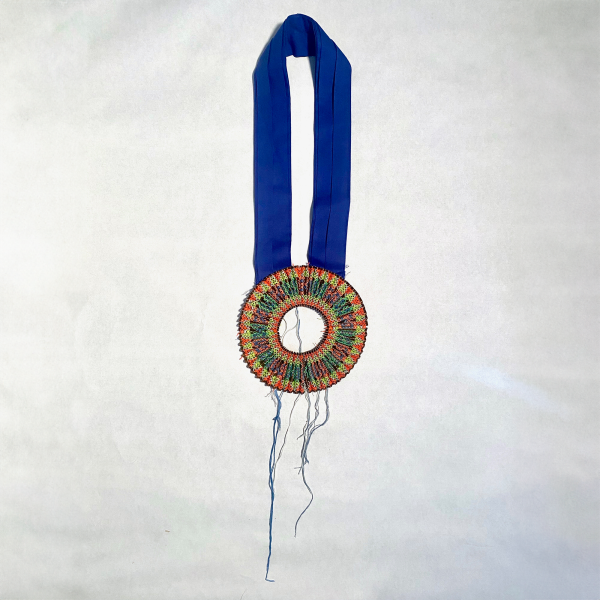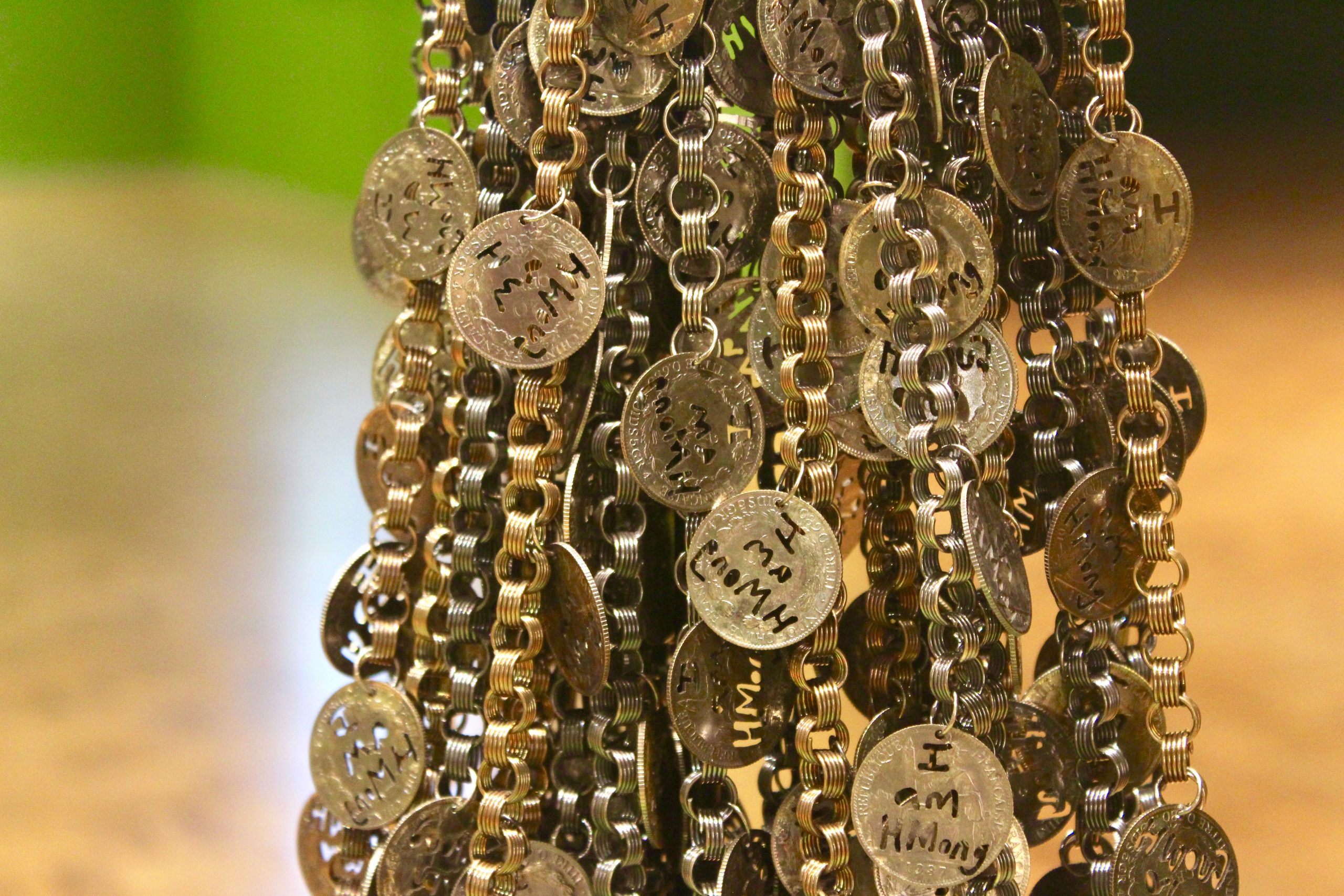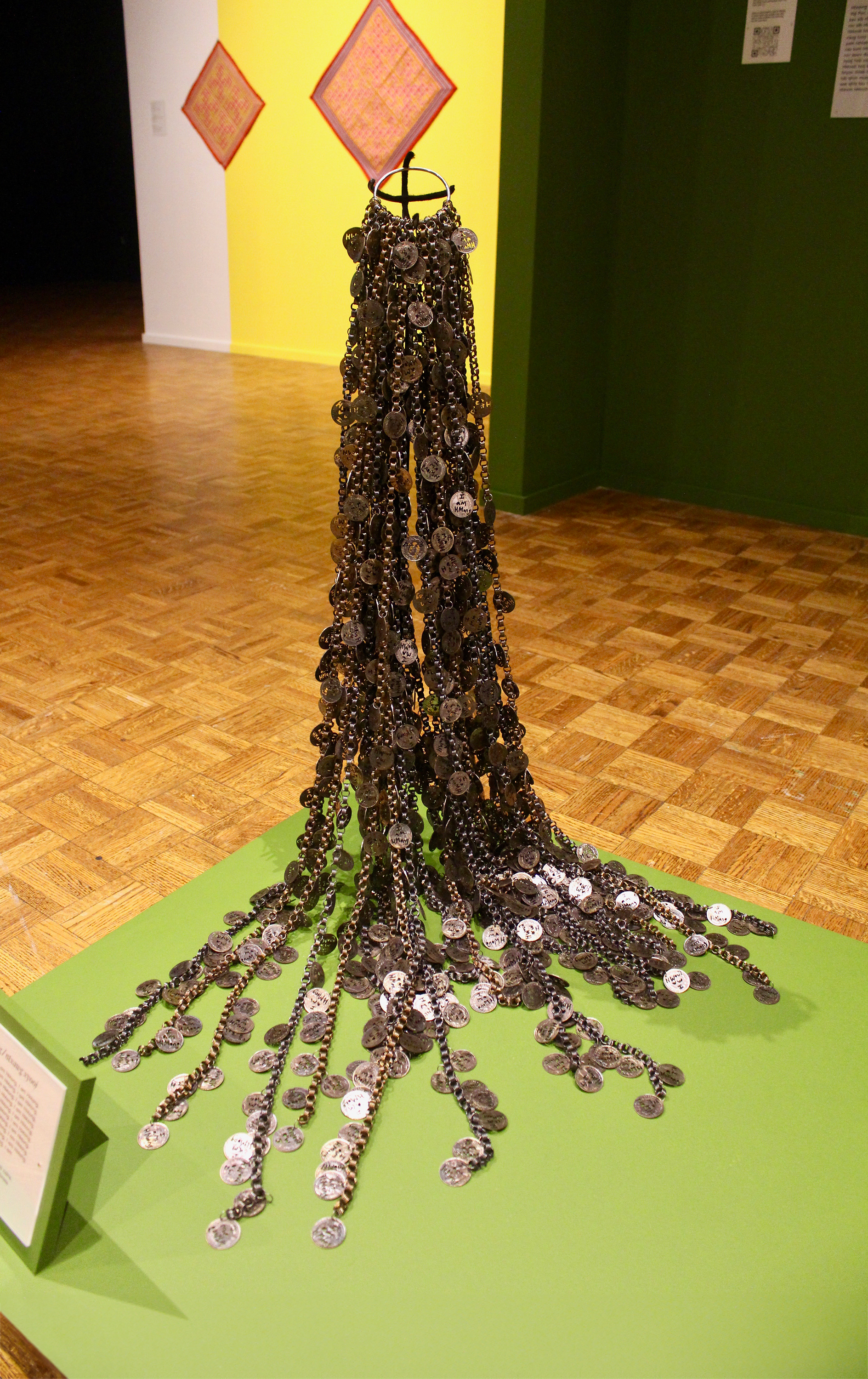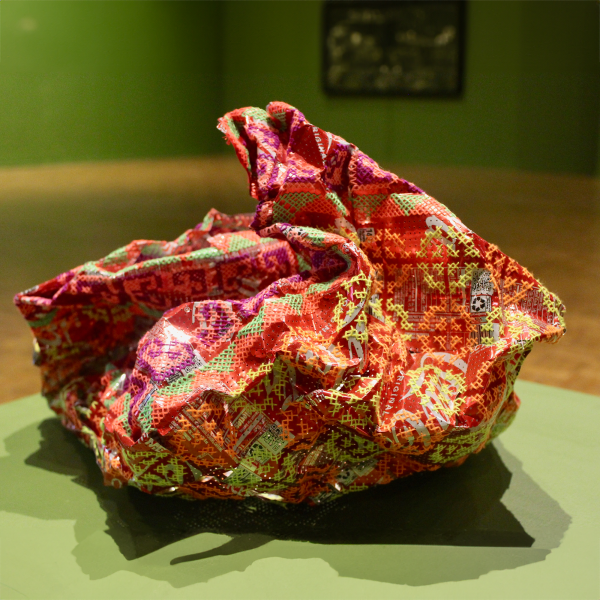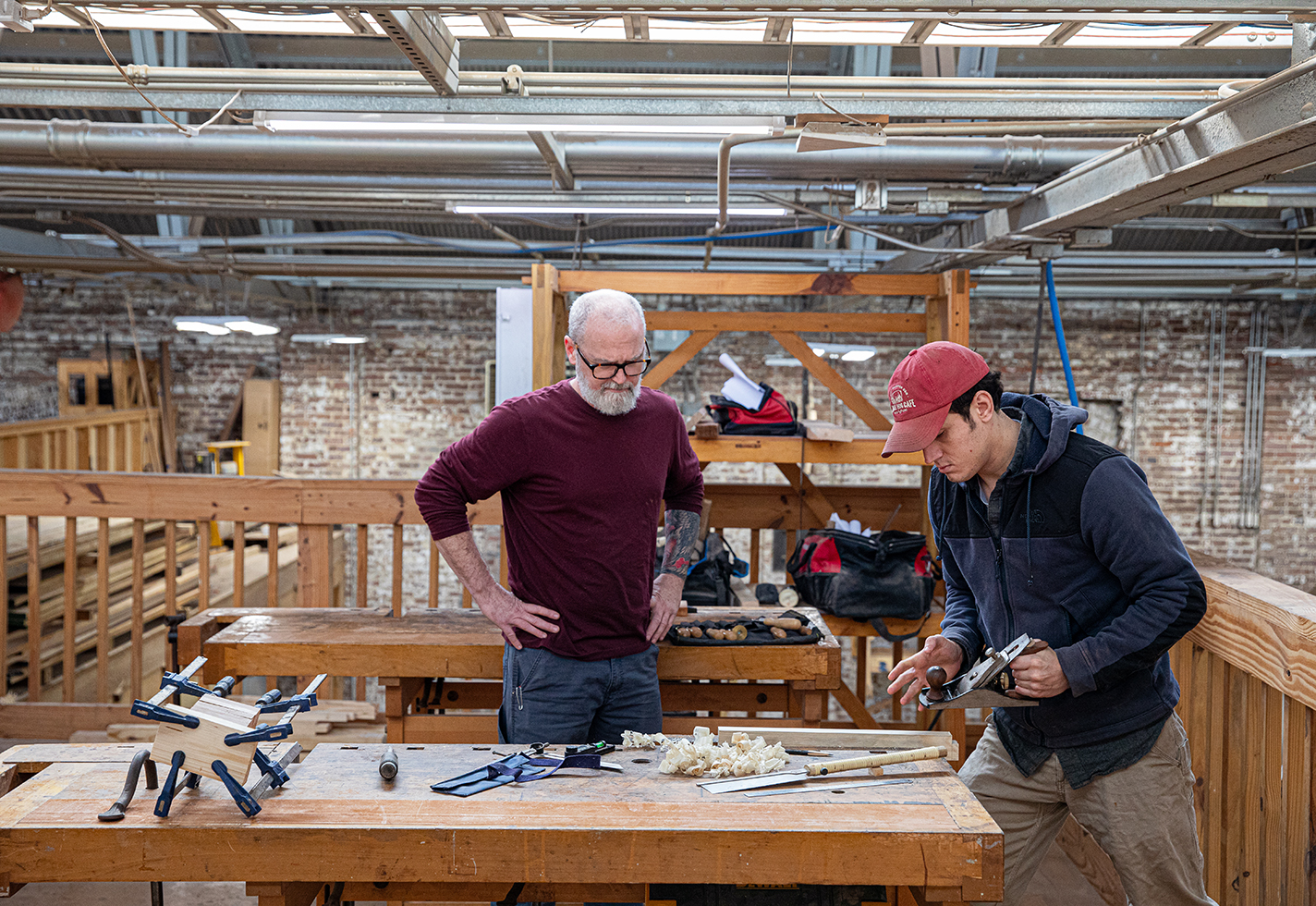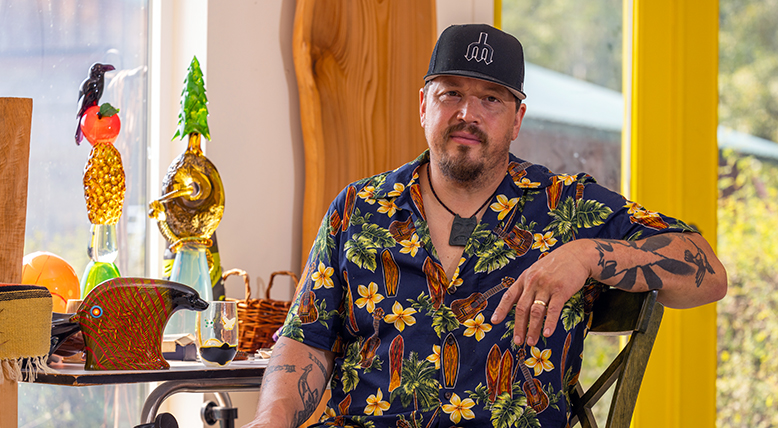Ger Xiong connects with his Hmong identity through meaningful jewelry and textiles.
The vibrant Hmong art scene in the Twin Cities brought Ger Xiong to Minneapolis. Xiong, who was born in Thailand to a Hmong refugee family and emigrated to the United States in 1993, fell in love with metalsmithing during college in Wisconsin, and has continued to grow his practice since coming to Minnesota, where he has been a member of ACC’s 2023 Emerging Artists Cohort and shown his work at museums and galleries locally and nationally. His bold, colorful Hmong embroidery disrupts iconic American products such as Coca-Cola cans and Starbucks cups, weaving the history of war, displacement, and assimilation into mundane objects. Jewelry and textiles with removable components speak to the in-between-ness of the refugee experience. “Documenting our history through textiles and objects has provided ways to preserve my Hmong identity, culture, and history,” he says. Jennifer Vogel spoke to Xiong about his art and his place in the Twin Cities craft community for “Craft in the Twin Cities,” co-written with Sheila Regan, in the Summer 2024 issue of American Craft.
How do you describe your work or practice in 50 words or less?
My work revolves around my Hmong American experience, exploring the ways I navigate and negotiate Hmong identity as stateless people living within the dominant American nation state. The work consists of metals and jewelry and textiles, bringing visual forms from both identities as a way to reclaim my Hmong identity.
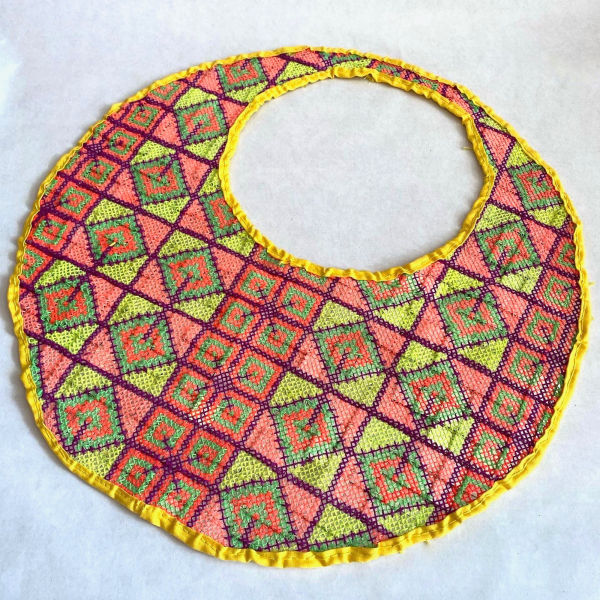
Re/silience, 2023, replicated French Indochina coins, embroidery thread, fabric, 17 x 17 x 0.5 in.
